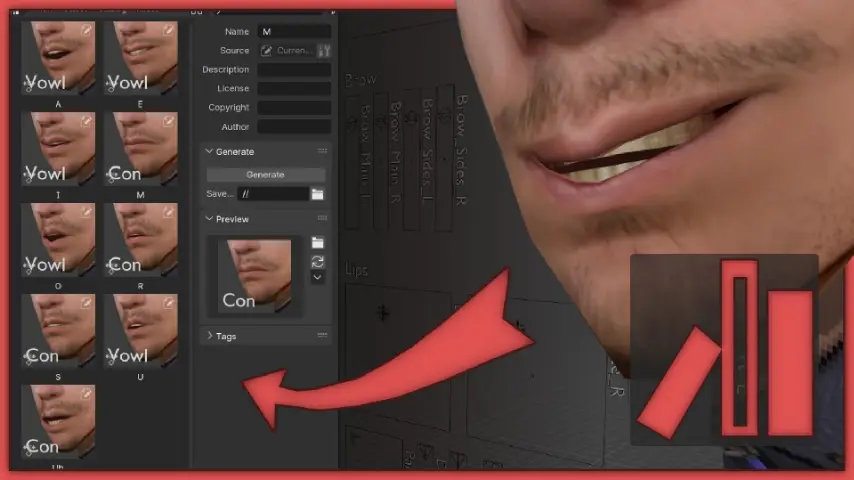Body groups are a means of organizing and customizing 3D meshes. They allow you to group and control various components, enabling seamless switching between mesh variations of a selected object. In simpler terms, body groups let you add or remove objects from a rig using a UI.
Practically speaking, body groups have numerous applications. For human bodies, you can create body groups for heads, allowing you to switch between different head meshes. You can also utilize body groups for clothing, whole body types, or even for non-human entities like destructible states, randomized variations, or level of detail setups for towns, villages, rooms, chambers.
GET ADDON
Category: Body groups management
Blender: 2.83, 2.93, 3.x, 4.0, 4.2, 4.3
License: GPL
The possibilities extend beyond human forms. You can employ body groups for cars, enabling different tire options, car chassis variations, or architectural elements for buildings such as windows, escape ladders, doors, and flower pots. Body groups are also useful for character attachments like horns, hats, cosmetics, backpacks, guns, belts, or even for specific body parts like heads, hands, and other appendages. Essentially, the potential is limitless.
By leveraging these user-friendly body groups, you can swiftly generate numerous combinations without much hassle.
Addon Versions
- Trial -1 body group max, no dependent, no ‘freeze’
- Body Groups Light – 3 body groups per object
- Body Groups Mid – 10 body groups per object
- Body Groups Max – 100 body groups per object
- Body Groups Pro – Max version + turn body groups into Active animatable objects
Body Groups PRO – To enhance their functionality, body groups can be made tangible, allowing animation and modification while retaining the ability to switch between them. This empowers you to create effects like gibbing, dismemberment, or body damage, all while maintaining full control without resorting to complex, by hand techniques.
In the provided example, the base model shows a character. When the character reaches for their hand, the corresponding body group activates at that precise moment. The base mesh of the original hand is removed and replaced with a separate hand mesh, which can be freely moved. Subsequently, the hand is reattached to the body, and the same process occurs for the leg.


